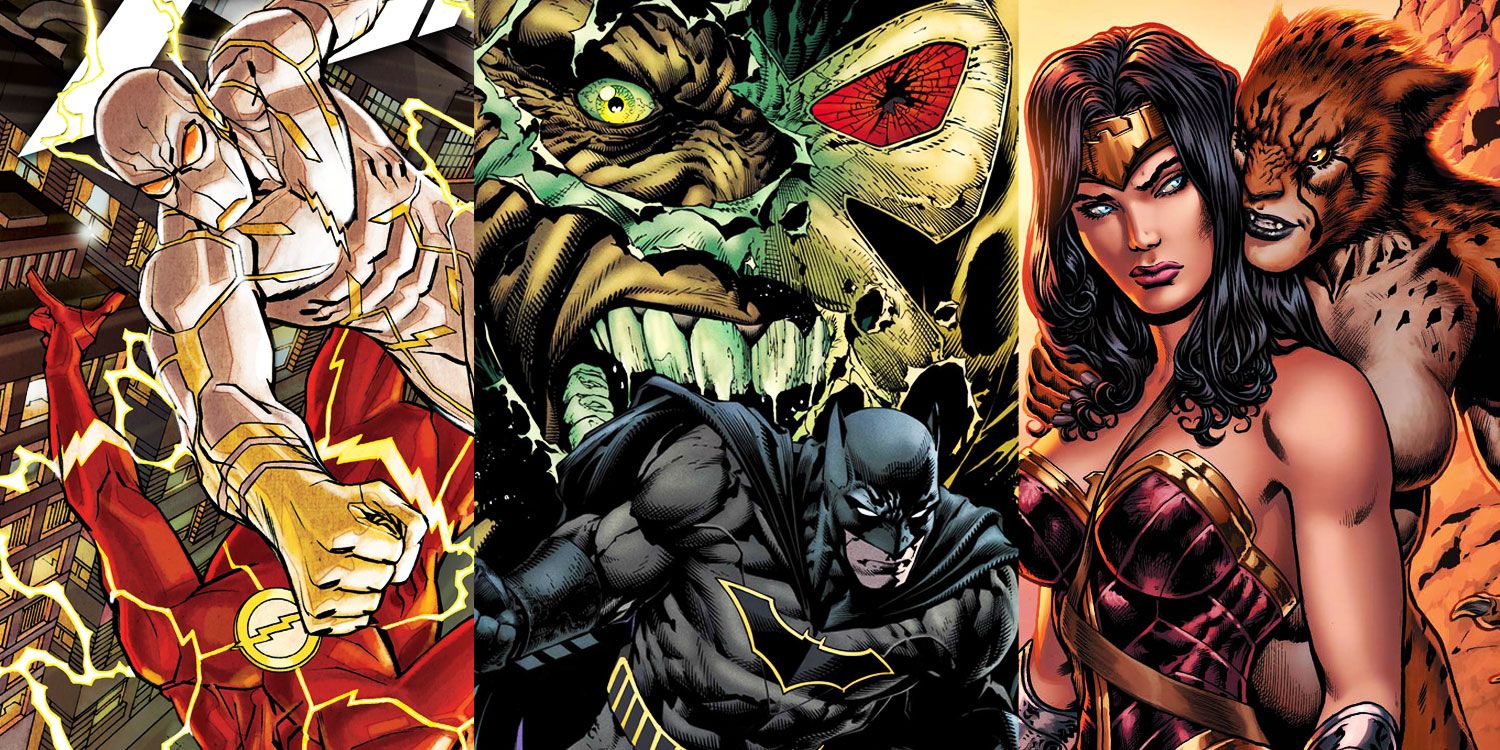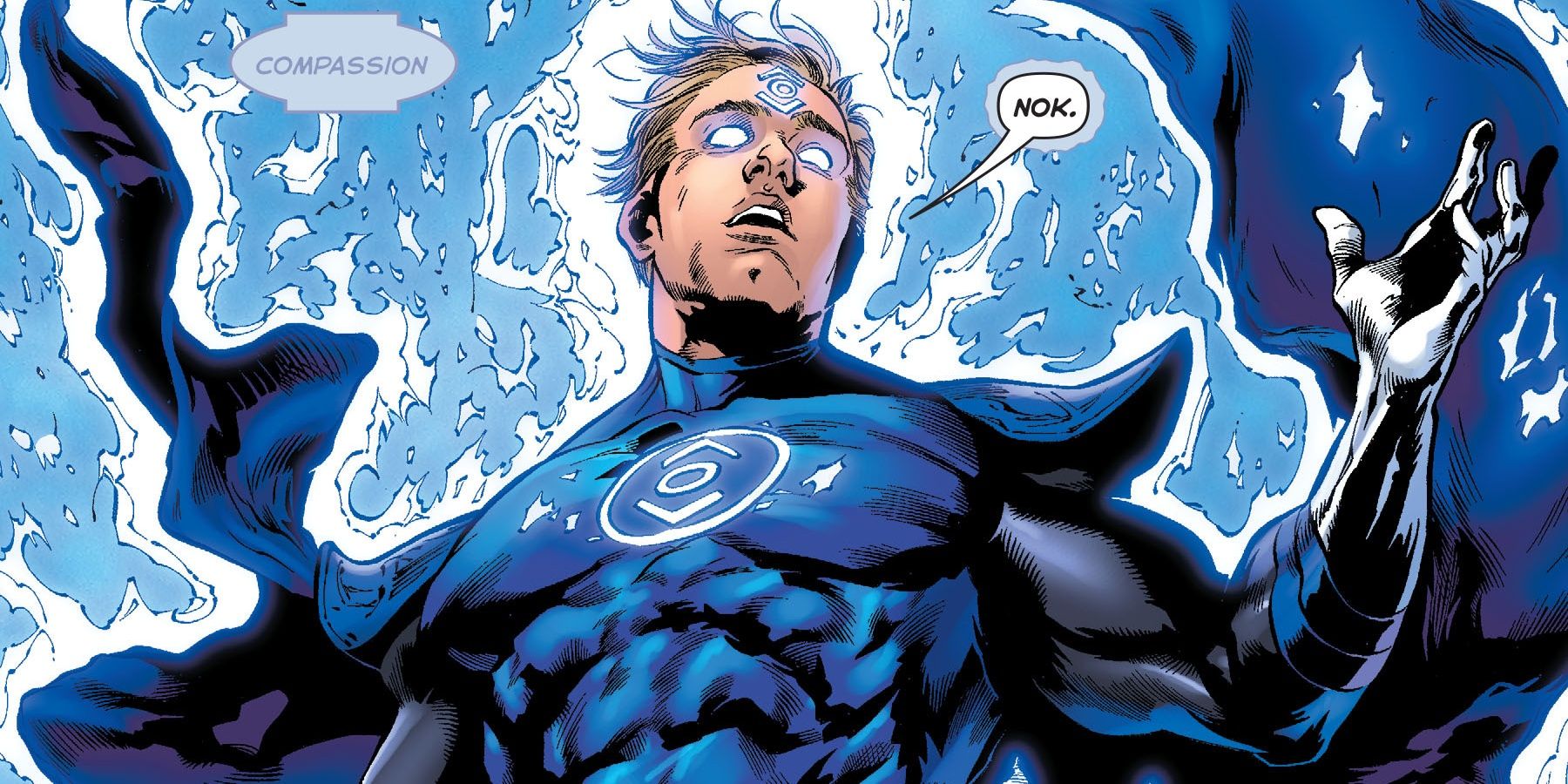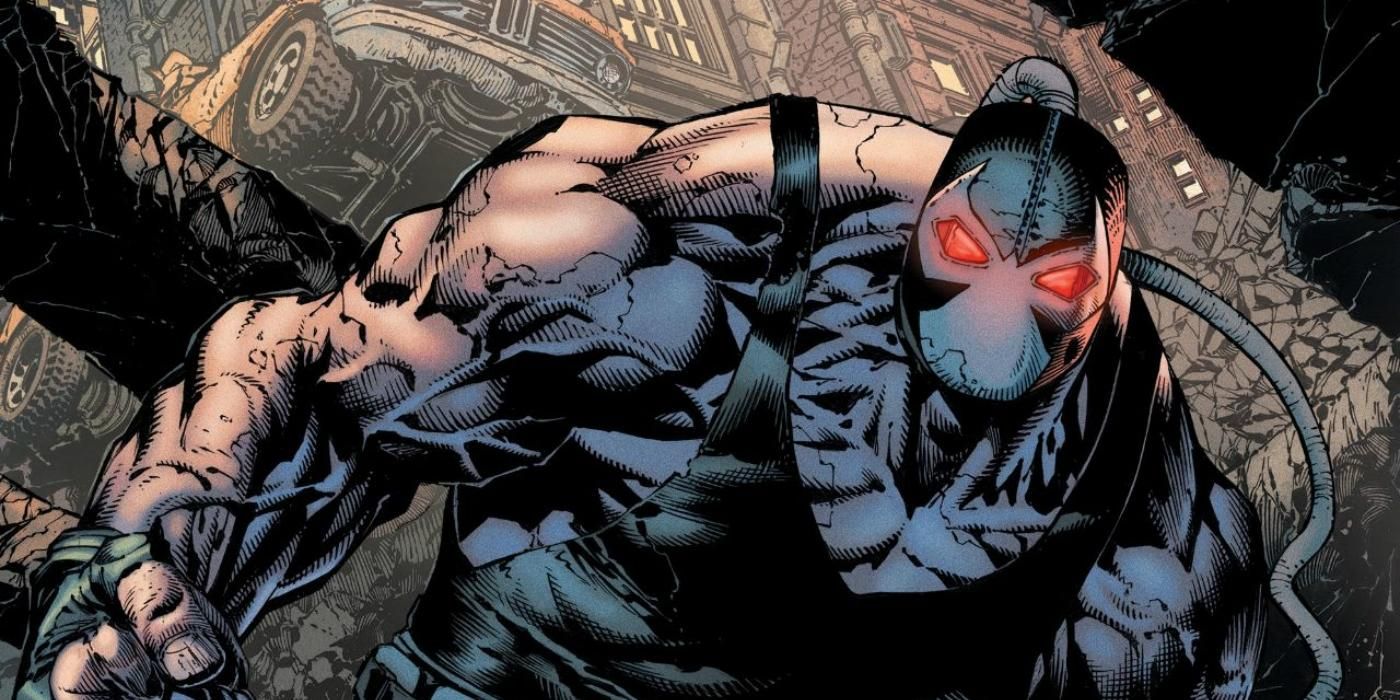It’s been nearly a year since DC Comics launched its Rebirth initiative, with a pledge to get back to the brass tacks superhero storytelling that made its roster of characters so beloved around the world. The move has been, for the most part, a massive success for the publisher, and fans have gravitated to the more iconic versions of their favorite heroes. But you just can’t have a good superhero without a host of good supervillains to give them a run for their money.
It’s unlikely there’s a publisher-wide mandate to beef up the credibility of DC’s supervillains; it’s more likely that the creators on the Rebirth books are simply aware of how important a strong rogues gallery needs to be to tell these kinds of stories. DC is currently looking to win back fans who may her been driven away by The New 52 relaunch, and to do so, it needs to prove that it knows how tell the stories they want to read, of which villains are a key part.
RELATED: How Superman’s Rebirth Redefines The Story of Clark Kent & Lois Lane
Greg Rucka’s run on "Wonder Woman" with Liam Sharp, Nicola Scott and Bilquis Evely has been a perfect example of how DC’s villains have been given a major upgrade. Despite being one of DC’s most iconic characters in pop culture, Wonder Woman has never had an arch-enemy break through into the public consciousness like a Joker or Lex Luthor. However, in her current series the creative team has focused on building a wide bench of villains of all stripes, including Veronica Cale, The Cheetah, Circe, Doctor Poison and Doctor Cyber. Better, they didn't beef the villains up just for their own run on the title, but to give later creative teams fertile ground to work with for years to come.
It’s a treatment that Dan Jurgens is now applying to his run on "Action Comics" with Patrick Zircher, as post-Superman Reborn the creative team has been seeding the return of the Superman Revenge squad. The Cyborg Superman has been going around recruiting Metallo, Blanque, The Eradicator and more in an effort to team up and bring down Man of Steel. In doing so, Jurgens and Zircher bolster and give credibility to Superman’s foes, which are often seen as “less-than” compared to the likes of Batman and The Flash.
It’s not all about simply rebuilding villains, either, as DC Rebirth has seen some new additions to the DC Universe that will likely stick around for years to come. One of the most memorable new villains is Frank Laminski AKA The Phantom Lantern, introduced by Sam Humphries and Ed Benes in the pages of "Green Lanterns." The Phantom Lantern wields a ring capable of channeling all aspects of the emotional spectrum, making him one of the most dangerous villains in the Green Lantern mythos, but the real hook comes with the drive and desire that has been built into Laminski’s character, as a man who believes he has earned and deserves a Green Lantern ring.
Similarly, Godspeed in "The Flash," Dead Water in "Aquaman" and Raptor in "Nightwing" have all given creators the chance to stretch out and examine the core of their character’s identities by pitting them against the unknown. Bryan Hitch’s run on "Justice League" has been filled with nothing but new and epic threats to pit against DC’s greatest heroes, and it’s the most important the title has felt since Grant Morrison and Howard Porter launched "JLA<" twenty years ago. Big villains can make a story feel way more important, and new villains done well just add more toys to the metaphorical toybox for later creators to play with.
If there’s anyone at DC that knows the importance of villains, it’s Scott Snyder. From his reintroduction of James Gordon Jr. in “The Black Mirror” to his work on The Joker, The Riddler and The Court of Owls with Greg Capullo on "Batman," Snyder knows how to use a villain to bring out the best in his characters. His recent work on "All-Star Batman" has given him and a roster of A-list artists the chance to dig into classic Batman rogues like Poison Ivy, Mister Freeze and even The Mad Hatter, re-contextualizing them for 2017 in unique and terrifying ways.
Speaking of Batman, Tom King, David Finch and Mikel Janin are doing tremendous work with the Dark Knight's villains in the eponymous ongoing, though at a slower and more measured approach. The conflict between Batman and Bane stretches back to the beginning of the run, but over the course of twenty issues it never felt like it overstayed its welcome. As a result, Bane was rebuilt into being a terrifying threat who does more than breaks the backs of D-List Teen Titans members during summer crossover events. Later this year, King and Janin aim to do the same with “The War of Jokes and Riddles” which looks to be a can’t miss storyline, sold entirely on the two villains who will be appearing in it.
Elsewhere in the Bat-line, James Tynion IV’s work on "Detective Comics" with Eddy Barrows and Alvaro Martinez has opened up the Bat-Family’s world in new and exciting ways, connecting the villains with members of the team for that emotional gut punch of the inevitable conflict. The series has also done a tremendous job of rehabilitating Clayface from a one-note villain to a would-be hero filled with nuance, complexity and character development.
Rob Williams’ work on "Suicide Squad" with Jim Lee and John Romita Jr. has taken similar strides in analyzing what it means to be a villain when you’re faced with being the hero. Harley Quinn in particular has found herself stepping up into leadership positions bolstered by the addition of her number-one fan Hack. "Suicide Squad" has managed to capture the chaotic uncertainty of Jon Ostrander, Kim Yale and Luke McDonnel’s iconic run from the '80s, marrying it with William’s "2000 AD: sensibilities to create a must-read comic for fans of supervillains.
When a superhero comic has a dynamic and interesting roster of villains, everyone wins, and it’s a key part of DC Rebirth’s success. Heading into the second year of the initiative, we’ve got “The Button,” "Metal" and whatever Geoff Johns has planned for the Watchmen characters to look forward to. Hopefully, the trend of awesome and compelling villains will stretch well into the future.



